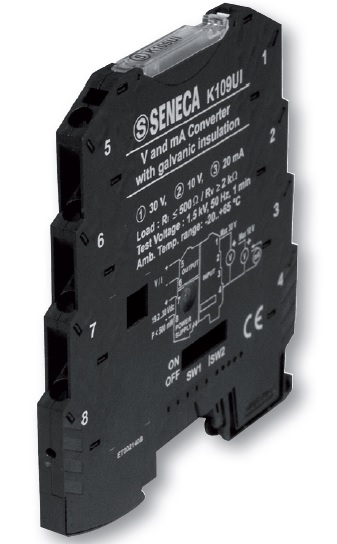SIGNAL CONDITIONERS
Product Range
- HOME
- HMI & PLC
- DIGITAL PANEL METERS
- TEMPERATURE CONTROLLERS
- TIMERS & COUNTERS
- SENSORS
SIGNAL CONVERTERS
Legal
- Ucontrol Terms




COPYRIGHT 2010 - 2020 UCONTROL PTY LTD AUSTRALIA ABN 18 150 270 161